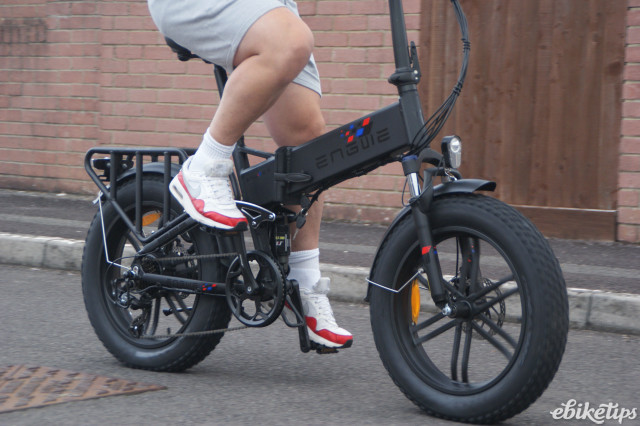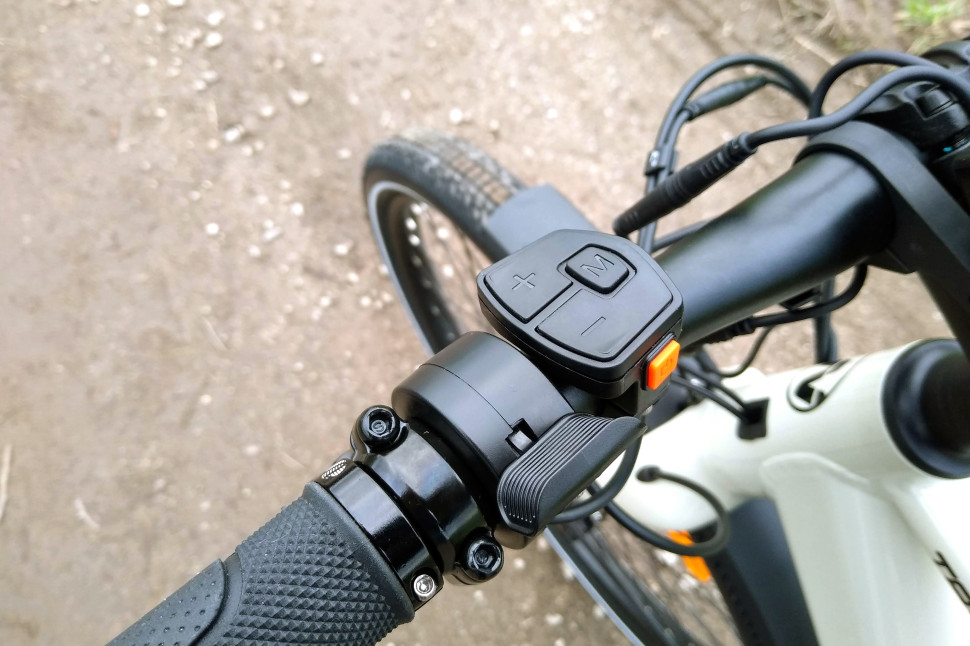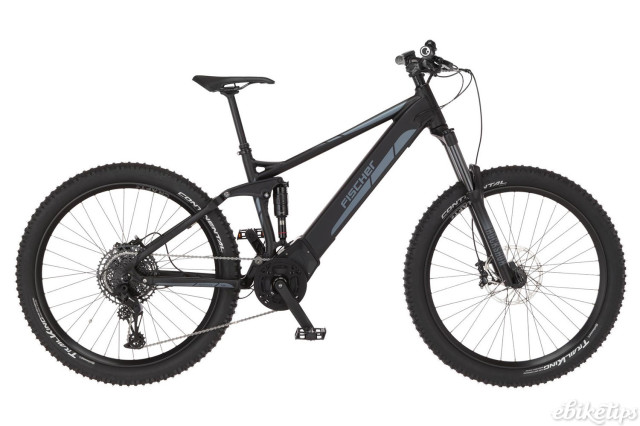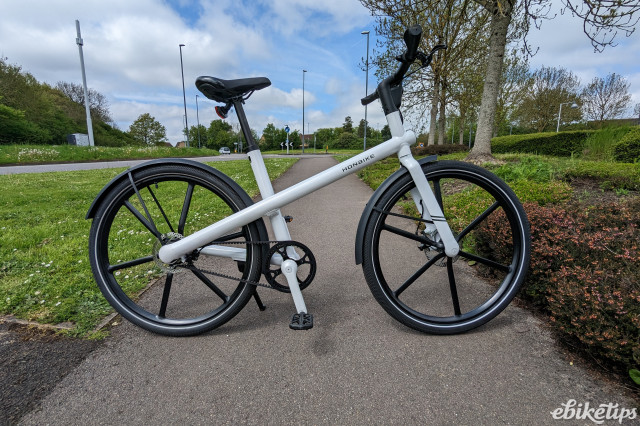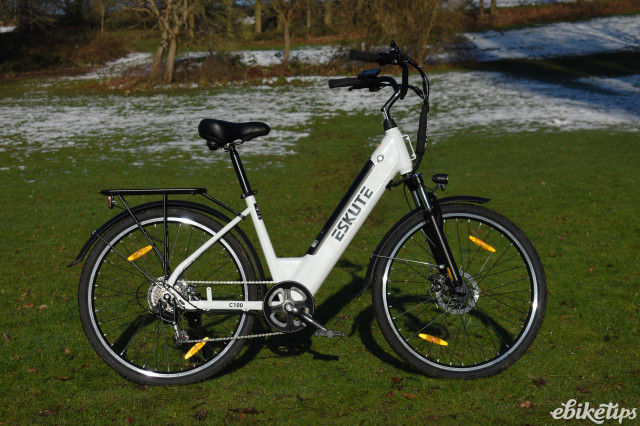Back in February last year the Conservative party opened a consulation to explore the possibility of raising the continuous maximum power level of e-bike motors from 250W to 500W. The same consultation also opened the possibility of legalising 'twist and go' throttles, whereby e-bikes could be propelled up to the 15.5mph limit without the rider pedalling. The government has now said it will not take forward the proposals that were consulted on.
The consultation was met with an overwhelmingly negative reaction from 'stakeholders' - that is to say industry bodies, cyclists organisations and public bodies (who often have to deal with the aftermath of illegality, such as battery fires).
Cycling UK described the proposals as a “huge safety risk” to pedestrians and others who cycle whilst Electrical Safety First commented: “We believe the priority should be to ensure the current batteries and accessories for these devices are safe."
The Bicycle Association (BA) and Association of Cycle Traders (ACT), described the proposals as, ‘unnecessary’, ‘risky’, and the ‘wrong approach’.
The two trade bodies said there was no evidence such a move would increase demand and that as it would take reputable suppliers time to deliver safe, tested products to a new specification, in the short-term customers could be driven towards high fire risk 500W products online.
“Longer-term, it risks moped-style regulations on the whole e-bike category, because with no pedalling required e-bikes would be seen as light mopeds, not as cycles. There are also as yet unquantified risks from more powerful, heavier e-bikes sharing cycle lanes, risking further regulatory backlash.”
Industry views were not however unanimous. London e-cargo bike courier, Pedal Me, stated on X that cargo bikes are, "a potentially transformational technology", and "much safer, more efficient, cleaner to share a city with," but that currently, "they are hindered by a lack of power. Especially in hilly areas."
The government consultation received 2,121 responses of which 47.62% supported the increase in power and 51.34% opposed it. Responses to allowing 'full throttle' control of e-bikes showed a larger gap, with 43.75% supporting the proposal and 52.95% opposing it.
The initial rationale for the proposed changes was clearly aimed at enabling more people to ride e-bikes, with the 500W element aimed primarily at encouraging e-cargo bike use and the throttle only option at providing a practical low carbon transport for the disabled or others who otherwise found pedalling difficult, for example through old age.
Outlining its reasoning for ultimately coming out against the proposals, the government said: "Fundamentally, while we note the potential benefits to some individuals and organisations, there was a significant lack of evidence provided in response to the consultation to substantiate this.
"This lack of evidence also means that we cannot rule out the concerns about the proposals and research will therefore be required. As a result of this, we will not take forward the proposals that were consulted upon."
Whilst the consultation may have been launched with the laudable intention of encouraging e-biking, it appears a rather odd expectation that respondents (the vast majority of whom were individuals) should be readily armed with empirical evidence. Experienced cargo bikers know that e-cargo bikes can struggle on very steep hills with very heavy loads. Similarly, plenty of riders with a weak pedalling action have discovered through simple use the advantages of 15.5mph throttle-only e-bikes (which can already be type approved for legal use).
Moreover, the raising of the limit seems to overlook the rather fuzzy 250W definition as it stands, a confusion that would only really be exacerbated by simply increasing the limit.
The current 250W limit refers to 'continuous' rather than peak power and there appears to be no limit on the latter. We asked e-bike technical expert David Henshaw of A to B magazine how the law might be clarified.
He told us: "Bikes would be safer if there was a solid, unbreakable rule - for example peak power = 1.4 x nominal maximum power, subject to a temperature rise of less than X in 5 minutes at 10C."
In other words, whilst the precise figures in any new law might be open to discussion, there would be a ceiling on peak power and defined safeguards to prevent motors overheating due to excess power.
But the government's ambitions to encourage more e-biking, light electric vehicles and micromobility now appear to be back on the backburner and no new legislation will be forthcoming until at least until after the summer.
